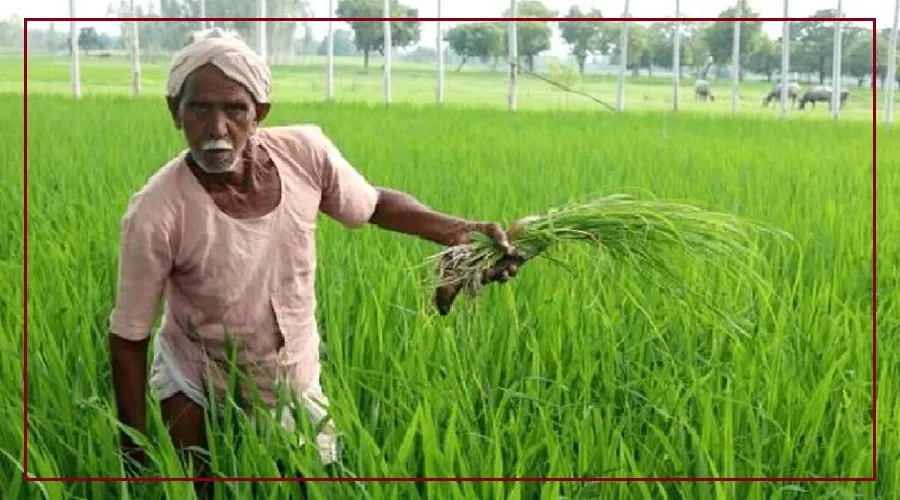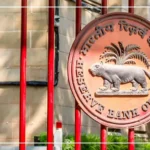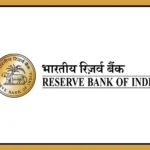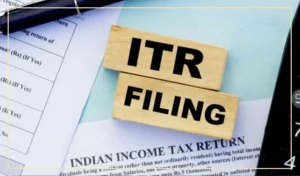The Reserve Bank of India (RBI) Governor, Shaktikanta Das, has announced a major benefit for farmers following the Monetary Policy Committee (MPC) meeting.
Although the repo rate remained unchanged for the 11th time in a row, the collateral-free loan limit for farmers has been increased by ₹40,000.
Farmers can now borrow up to ₹2 lakh without providing any collateral.
This measure is intended to offer financial relief amidst rising inflation and increasing farming expenses.
A History of Collateral-Free Loans
Collateral-free loans for farmers were introduced by the RBI several years ago to support those who lack valuable assets to pledge.
Initially, the limit was set at ₹1 lakh.
This was later raised to ₹1.6 lakh in February 2019.
Now, with the latest increase to ₹2 lakh, farmers have greater access to funds without the need to pledge property or other assets.
Why Are Collateral-Free Loans Important?
Many farmers face difficulties in obtaining loans because they lack sufficient resources or assets to use as collateral.
Without collateral, banks often deny loan requests, leaving farmers unable to fund essential activities.
Collateral-free loans address this issue by enabling farmers to borrow money without pledging assets.
Farmers can use these loans for various purposes, such as:
- Sowing Crops: Purchasing seeds and cultivating crops.
- Setting Up Farms: Growing vegetables, fruits, or other produce.
- Buying Agricultural Land: Acquiring land for farming purposes.
- Animal Husbandry: Expanding or starting dairy, poultry, or other livestock businesses.
- Building Warehouses: Constructing storage facilities for crops.
- Solar Power Projects: Establishing solar panels for farm operations.
Additional Benefit: Interest Rate Subsidy
Farmers can also enjoy a lower effective interest rate on their loans. While the standard interest rate is 7%, a 3% discount is offered for early repayment.
This brings the effective rate down to just 4%, making the loans more affordable.
With this dual benefit of higher borrowing limits and lower interest rates, the RBI’s decision aims to ease financial burdens and empower farmers to manage rising costs effectively.

























